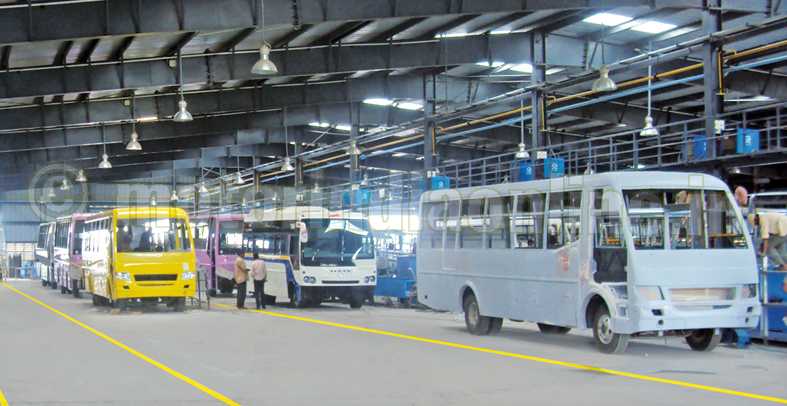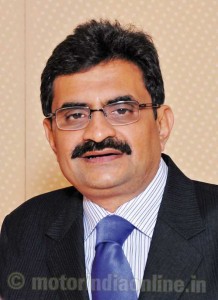By Pankaj Kapashi, President, Indian Association of Bus Manufacturers (IABM)
The Indian bus industry is a major pillar of strength for the Indian automobile industry, with more than 400 bus body building establishments producing on an average more than 90,000 units per year and providing employment to millions directly and indirectly.

Currently, the Indian bus industry has been basically divided in two segments – the micro, small and medium enterprise (MSME) segment and the corporate. A majority of bus body manufacturing units are from the MSME segment.
With Government policies for liberalizing the Indian automobile market as well as developing quality highway network connecting many of the major industrial, agricultural and cultural centers through the Golden Quadrilateral and also development of urban road infrastructure and urban transport systems through JnNURM I project, demand for buses is on the increase. A lot of international bus manufacturers like Volvo, Mercedes-Benz and Scania have entered the Indian market, and many of others are in the process of setting-up bus manufacturing units in the country.
Some decades ago, truck type chassis were used by the Indian bus industry for bus body building with conventional technology. The entry of Volvo in the Indian bus industry brought about technology, passenger comfort, product quality and value for money for Indian bus passengers as well as bus tour operators.
Meanwhile, the Government has also developed norms for process of evaluating, assessing and approving the capabilities and capacities of a bus body builder to consistently produce specified quality of bus bodies through “Accreditation of Bus Body Builders” which has been effective from April 1, 2013. Till date, more than 120 body building units have got accreditation from agencies like the Automotive Research Association of India (ARAI) and the Central Institute of Road Transport (CIRT).

The Government has also defined the standard for bus body design. It is an approval process through the forthcoming Bus Code which will ensure safety, comfort of passengers and the quality of Indian buses compatible to international standards.
For standardization of City Bus Specifications, the Ministry of Urban Development has defined modern and standard specifications for city buses across the country for the JnNURM II project to ensure safety and comfort of passengers and efficient bus operations in cities. In the Union Budget for 2013-14, the Government has made provision of Rs. 14,873 crores for the JNNURM II project, from which a major portion is reserved for purchase of 10,000 buses by muncipal corporations, STUs and local public transport bodies. This will certainly help the Indian bus industry cope with the current critical economic slowdown.
The introduction of modern buses in the Indian market with technologies like Intelligent Transportation Systems (ITS), GPS and air suspension is resulting into improvement in passenger safety and comfort, reducing traffic congestion, with minimum impact on the environment and operating efficiency.
While giving a face-lift to the Indian bus industry, there is need to adopt the best manufacturing practices, new modern design and technology, eco-friendly products, etc., to help the Indian bus industry meet the challenges ahead.
The Indian bus body manufacturers have the common platform of the Indian Association of Bus Manufacturers which acts as a backbone to bus body manufacturers and also takes all the stake-holders together to face the future challenges.
Thus the Indian bus industry will certainly have a bright future with an expected moderate average annual growth of five-seven per cent.